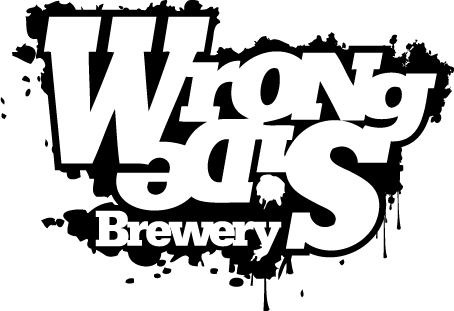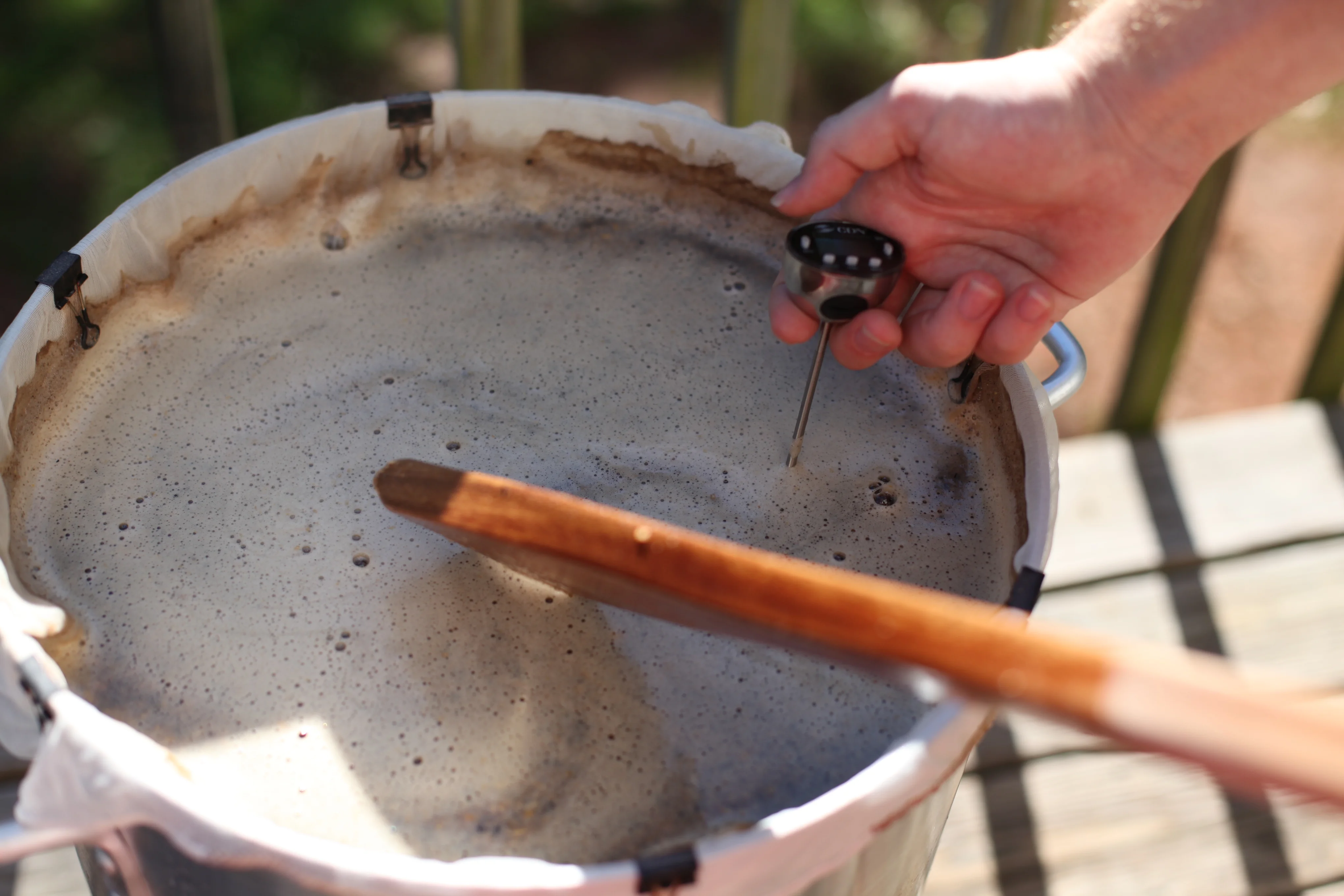It's a double post day today! We're fans of Brewtoad, a recipe creation and sharing site we've been using for most of our brewing adventures. Out of curiosity of what our fellow homebrewers have been up to, we put together a visualization of a sample of recipes created on the site. The main question we're looking into in these charts is how closely brewers adhere to the BJCP style guidelines. The homebrewer questing for that bigger, more hoppy ale is a well-known trope. Does it hold up?
Yes. In fact the recipes we looked at included IPAs as high as 700+ IBUs, well above the taste saturation point at 100 to 120 IBU. You'll see these capped at 120 IBU. Color and ABV similarly skew dark and high, with color capped on the charts like IBU. But there are some types which more people are brewing to style. The top chart on our last tab shows % in style, but the bottom chart is more telling since it's not skewed by the tight guidelines put forth for lagers e.g. Oktoberfests.
Overall it seems to be beers that are typically among the first beers for new brewers that are brewed with less regard to style, such as stouts, browns and porters. If we hadn't capped IBUs you would also see IPAs up there as well. The beers brewed more closely to style include Flanders Reds, Belgian Blonds and Belgian Tripels as probably somewhat more experienced homebrewers challenge themselves to hit style points.
Let us know if you see anything in these that we missed!










